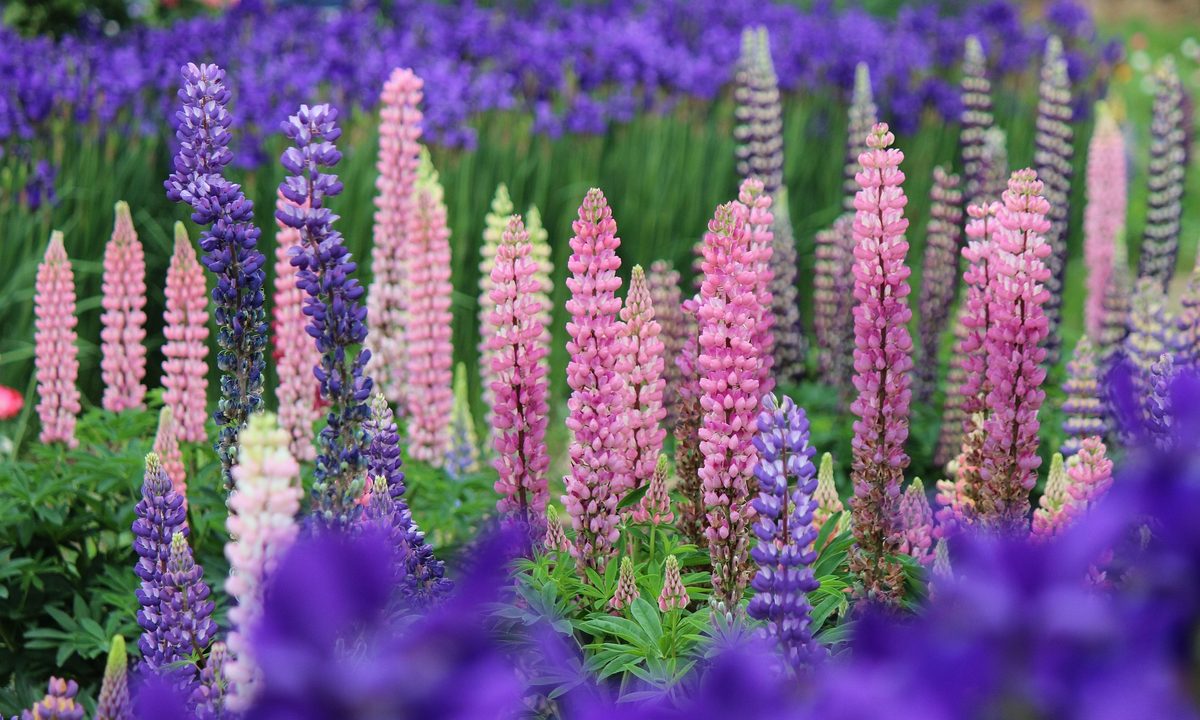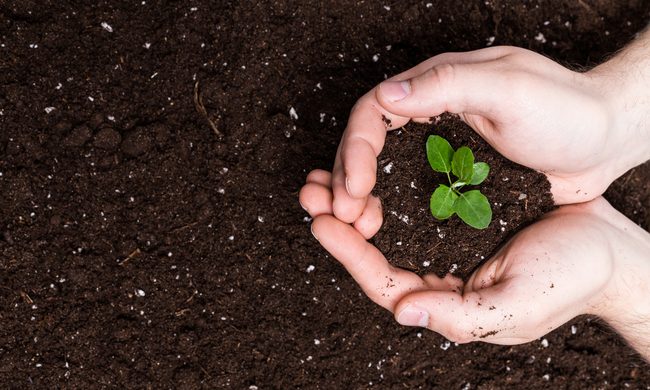If your garden is in need of some gorgeous flowers this spring and summer, then lupine flowers might be exactly what it’s calling for. Lupines come in many colors, including rich shades of purple, pink, white, orange, and blue. In fact, you might know blue lupine flowers by another name, especially if you live in the southwestern U.S. — bluebonnets. Known for their lovely flowers and fan-shaped foliage, lupine flowers are a popular addition to many gardens. If you want to add them to yours, then simply follow this guide to growing and caring for lupine flowers.
Planting lupine flowers
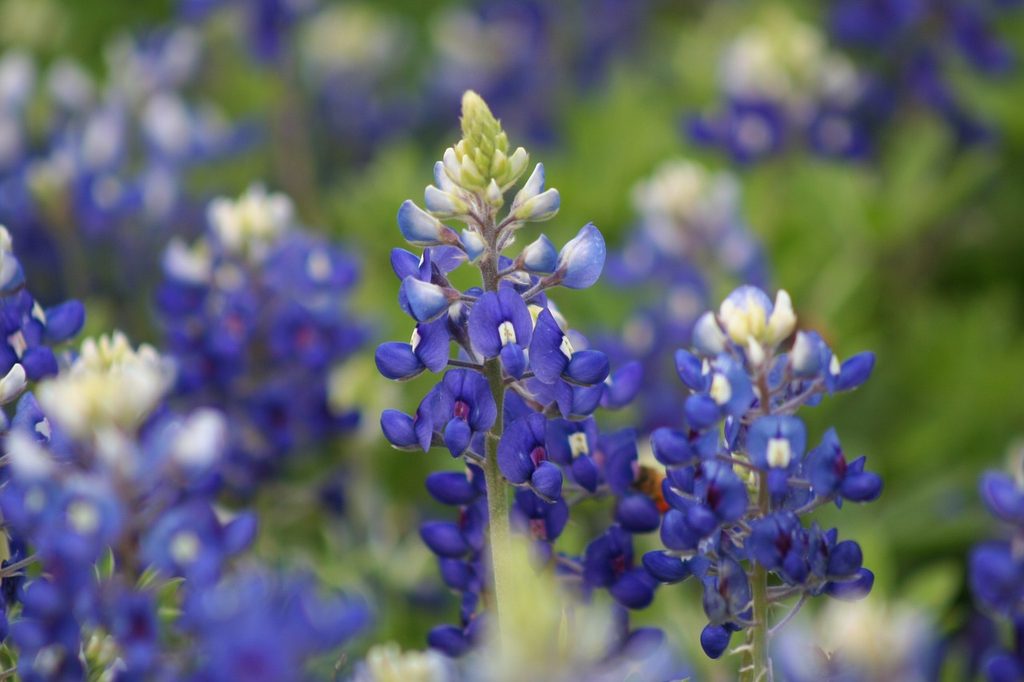
You can plant lupine seeds in early spring or in the fall. Fall plantings will give you earlier flowers, while spring plantings will give you summer blooms. Both need the same conditions, so simply choose the timing that works best for you. Choose a planting location with full sun. Lupine flowers can tolerate shade, but they won’t bloom as nicely in the shade. Full sun means full flowers.
Lupines can also tolerate a range of soil types, except for slow-draining soil. Lupine flowers are sensitive to overwatering, so be sure to plant yours in well-draining soil to avoid disaster. Lupines also prefer slightly acidic soil and struggle in more alkaline soils. You can grow your lupines as part of a container garden if you prefer. They make great additions to patio gardens. Just be careful when choosing the potting soil, and position your potted lupine flowers in a sunny spot, as opposed to under an overhang.
Lupine care
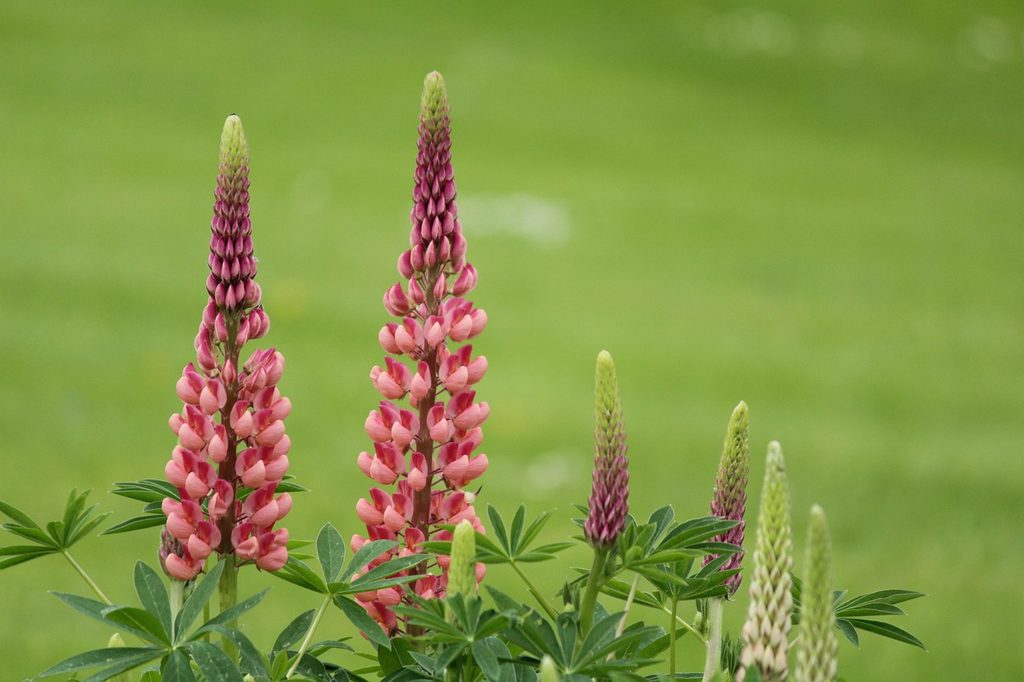
During the first few months after planting your lupine flowers, you should water them deeply every week or two. This is essential for the seeds to germinate properly and grow strong roots. Once the roots have grown; however, lupine flowers are exceedingly hardy against droughts. Lupines can survive without water for quite a while, but they tend to flower better when they have semi-regular waterings. Only water them when the soil is dry to avoid overwatering your lupine flowers, and water them deeply to ensure they have plenty of water to live off of. Avoid getting the leaves and flowers wet if possible, as consistently wet leaves can lead to fungal infections.
Lupine flowers typically don’t need fertilizer, but you can give them a light dose of fertilizer that’s high in phosphorus and potassium. Avoid fertilizers that are high in nitrogen, as excess nitrogen will lead to more leaves and fewer flowers. Lupines are actually in the legume family, and like other legumes, they are nitrogen-fixing plants. This means they take nitrogen from the air and return it to the soil over time. This is good news for your soil, but it also means your lupines don’t need any extra nitrogen from their fertilizers.
After they’ve flowered, you have two options. You can leave the flowers in place after they fade, which allows your lupines to produce seeds that can grow in your garden or you can collect and store them for later planting. You can also cut the flower spikes to the ground once they’ve faded, which will encourage your plant to continue blooming.
Some pests can bother lupine flowers, so monitor your plants for damage. Mature plants can typically recover from pest damage, but young plants are more sensitive. Neem oil or an insecticidal soap can control small pests, such as aphids and mites, but slugs and snails may need a more intense pest control plan.
Are lupine plants pet-safe flowers?
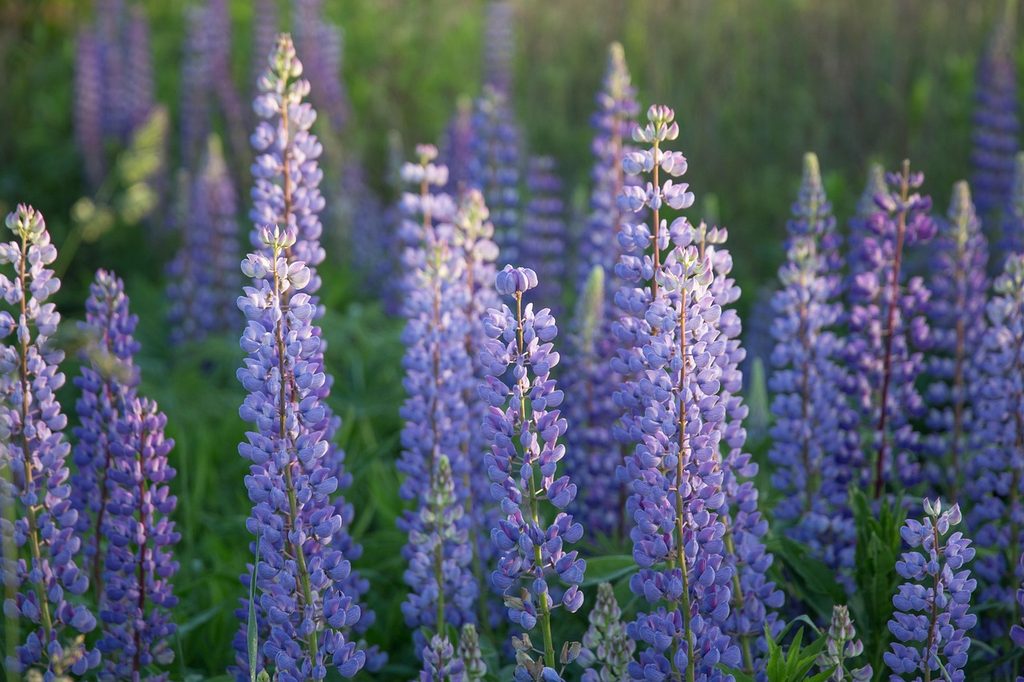
Unfortunately, lupines are toxic to both pets and people. Every part of the plant is poisonous, although severe poisonings are rare due to how bitter the plant tastes. Typically, neither pets nor children will eat enough of the plant to cause serious symptoms, although it is still a good idea to watch them closely while they’re around your lupine flowers.
Unlike some toxic plants, lupines do not typically cause any skin reactions from touching them. The only danger is in eating it. If you suspect that your pet or child has eaten some of your lupine plant, contact poison control or a medical professional for further advice. Remember, it’s better to be safe than sorry, even though severe cases of lupine poisonings are rare.
Lupines are gorgeous and easy to grow, and now you’re prepared to add them to your own garden. Whether you’re planning on adding just a couple potted lupine flowers to your porch or want a flower bed bursting with them, you’re sure to see success with careful planning and a bit of patience. Before you know it, you’ll have as many lovely lupine flowers as you want!
